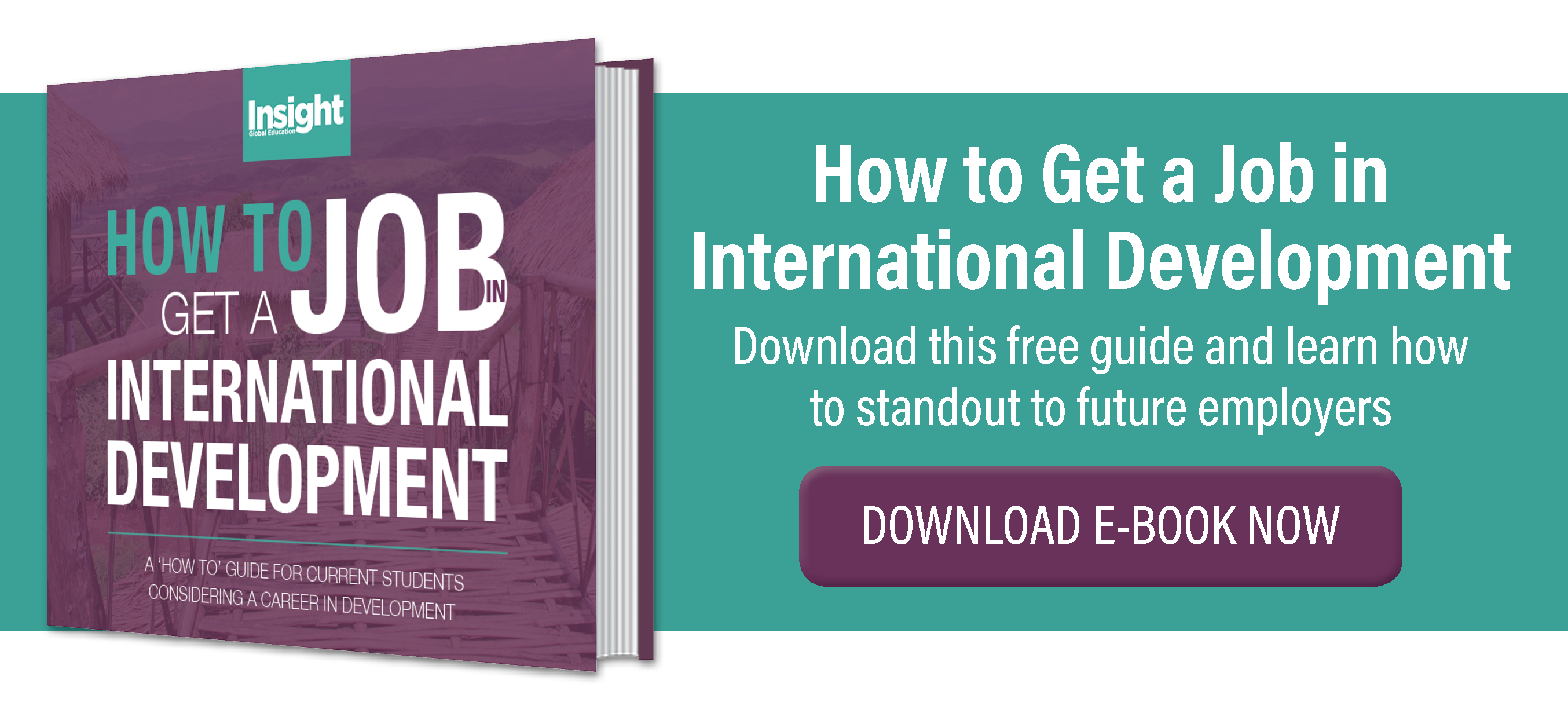
Today we woke up to the wonderful views of Banos, had breakfast, and made our way up from 2000 metres to 4000 metres towards our next stop, Quilotoa. On our way, it was easier to see the landscape progressing from the rivers and valleys of Banos to the small farming communities of the high up Andes.
Though Banos does have a fairly large natural import/export market, is does rely mostly on small business, as most small to medium size towns we’ve seen in Ecuador. However, the higher up we got, the systems totally changed.
As we got closer and closer to Quilotoa, there were not as many small villages or groups of houses that you see throughout the rest of Ecuador. It was replaced with rare, and very small groups of maybe 2 or 3 buildings surrounded by acres and acres of farmland. It’s crazy to think that one or two families could tend to so much land, way further than the eye can see.
This is, however, many people’s lives, and it’s all that they have known. When we reached the village of Quilotoa, it was more or less just a large farming community. All of the houses were very crowded together, as is typical in Ecuador, however I didn’t see many small shops or businesses. I only noticed one building with a familiar sign, Claro. Which is what I assume, the Ecuadorian equivalent of 7-11, but it turned out on further inspection it’s actually a cell phone store. You can see these shops in almost every town.

When we got past the village and continued up the mountain for another 10-15 minutes, we finally reached the Quilotoa Volcano, a dormant one with a lake in the crater, as blue as the sky. Our guide told us that it came from all of the minerals that the volcano had deposited into it over the years. He also told us that scientists have been unable to find the bottom of it and estimate it to be around 100,000 metres deep.
There was also a small community at the top of the volcano, that had formed a small town that obviously survived off of tourists coming to visit. They had restaurants, cafes, museums, and a large market building where women of the town sold blankets, ponchos, sweaters, toques, mittens, and jewelry of all sorts.
All handcrafted and most made of alpaca fur, which is one of the softest materials I’ve ever felt. It was interesting to see how some people make a living off of the tourism in Ecuador. After that, we went back down to 3000 metres to Quito where we stayed the night.
- Sam Boroevich, Westview Secondary
Next up is Day 11: Africa Meets Ecuador.




Leave A Comment